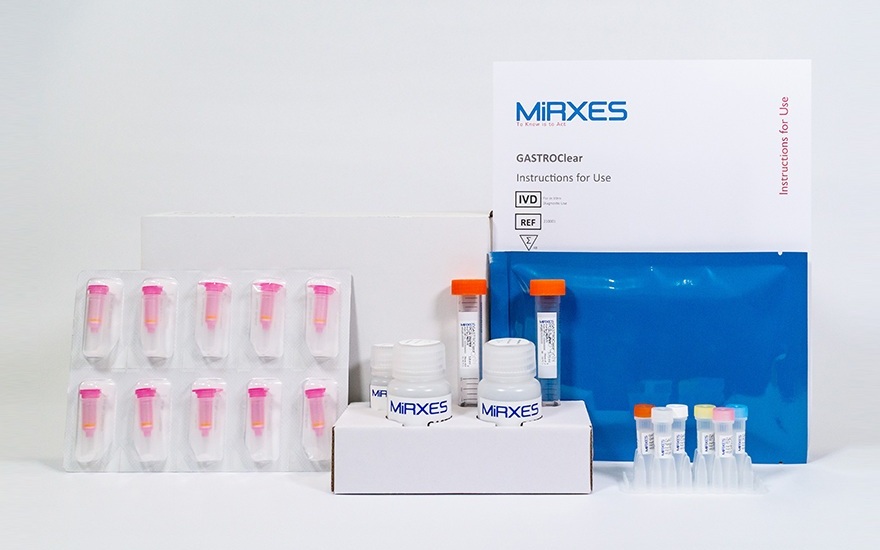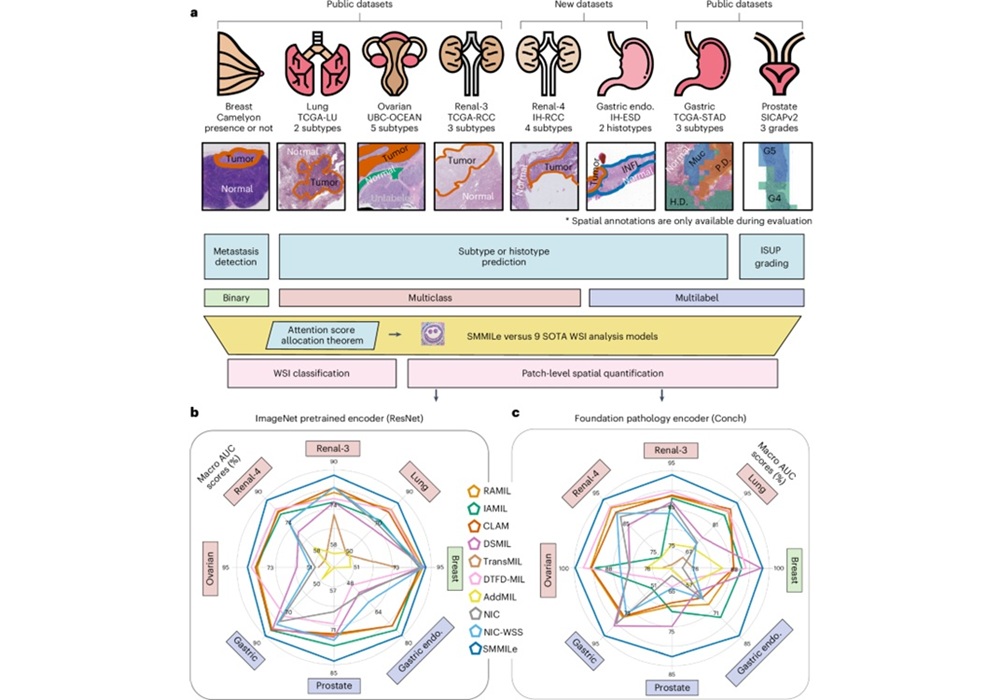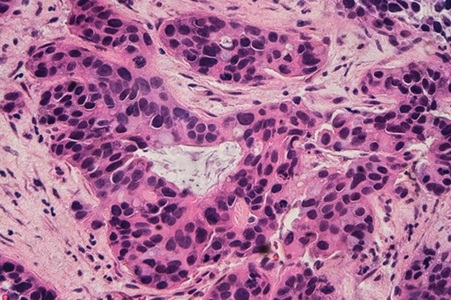Excessive Phlebotomy in Cardiac Surgical Care Leads to Anemia
|
By LabMedica International staff writers Posted on 01 Apr 2015 |

Image: Phlebotomy or venipuncture performed to obtain blood for laboratory tests (Photo courtesy of Sweet Water Health and Education).
Laboratory testing among patients undergoing cardiac surgery can lead to excessive bloodletting, which can increase the risk of developing hospital-acquired anemia and the need for blood transfusion.
Health care providers are seldom aware of the frequency and volume of phlebotomy for laboratory testing, bloodletting that often leads to nosocomial anemia. The frequency of laboratory testing in patients undergoing cardiac surgery, and the cumulative phlebotomy volume from time of initial surgical consultation to hospital discharge has been investigated.
Medical teams at the Cleveland Clinic (Cleveland, OH, USA) examined every laboratory test from 1,894 patients who underwent cardiac surgery from January to June 2012. The number and type of blood tests performed were recorded from the time patients met their surgeons until hospital discharge. The scientists then tallied up the total amount of blood taken from each patient. Phlebotomy volume was estimated separately for the intensive care unit (ICU), hospital floors, and cumulatively.
A total of 221,498 laboratory tests were performed, averaging 115 tests per patient. The most frequently performed tests were 88,068 blood gas analyses, 39,535 coagulation tests, 30,421 complete blood counts, and 29,374 metabolic panels. Phlebotomy volume differed between ICU and hospital floors, with median volumes of 332 mL and 118 mL, respectively. Cumulative median volume for the entire hospital stay was 454 mL. More complex procedures were associated with higher overall phlebotomy volume than isolated procedures. Foe combined coronary artery bypass grafting (CABG) and valve procedure, the median volume was 653 mL versus 448 mL for isolated CABG and 338 mL for isolated valve procedures.
Colleen G. Koch, MD, MS, MBA, the lead author of the study said, “We were astonished by the amount of blood taken from our patients for laboratory testing. Total phlebotomy volumes approached one to two units of red blood cells, which is roughly equivalent to one to two cans of carbonated beverage. Patients should feel empowered to ask their doctors whether a specific test is necessary, such as: What is the indication for the test? Will it change my care? And if so, do you need to do it every day? They should inquire whether smaller volume test tubes could be used for the tests that are deemed necessary. Every attempt should be made to conserve the patient's own blood, every drop of blood counts.” The study was published in the March 2015 issue of the journal the Annals of Thoracic Surgery.
Related Links:
Cleveland Clinic
Health care providers are seldom aware of the frequency and volume of phlebotomy for laboratory testing, bloodletting that often leads to nosocomial anemia. The frequency of laboratory testing in patients undergoing cardiac surgery, and the cumulative phlebotomy volume from time of initial surgical consultation to hospital discharge has been investigated.
Medical teams at the Cleveland Clinic (Cleveland, OH, USA) examined every laboratory test from 1,894 patients who underwent cardiac surgery from January to June 2012. The number and type of blood tests performed were recorded from the time patients met their surgeons until hospital discharge. The scientists then tallied up the total amount of blood taken from each patient. Phlebotomy volume was estimated separately for the intensive care unit (ICU), hospital floors, and cumulatively.
A total of 221,498 laboratory tests were performed, averaging 115 tests per patient. The most frequently performed tests were 88,068 blood gas analyses, 39,535 coagulation tests, 30,421 complete blood counts, and 29,374 metabolic panels. Phlebotomy volume differed between ICU and hospital floors, with median volumes of 332 mL and 118 mL, respectively. Cumulative median volume for the entire hospital stay was 454 mL. More complex procedures were associated with higher overall phlebotomy volume than isolated procedures. Foe combined coronary artery bypass grafting (CABG) and valve procedure, the median volume was 653 mL versus 448 mL for isolated CABG and 338 mL for isolated valve procedures.
Colleen G. Koch, MD, MS, MBA, the lead author of the study said, “We were astonished by the amount of blood taken from our patients for laboratory testing. Total phlebotomy volumes approached one to two units of red blood cells, which is roughly equivalent to one to two cans of carbonated beverage. Patients should feel empowered to ask their doctors whether a specific test is necessary, such as: What is the indication for the test? Will it change my care? And if so, do you need to do it every day? They should inquire whether smaller volume test tubes could be used for the tests that are deemed necessary. Every attempt should be made to conserve the patient's own blood, every drop of blood counts.” The study was published in the March 2015 issue of the journal the Annals of Thoracic Surgery.
Related Links:
Cleveland Clinic
Latest Clinical Chem. News
- Chemical Imaging Probe Could Track and Treat Prostate Cancer
- Mismatch Between Two Common Kidney Function Tests Indicates Serious Health Problems
- VOCs Show Promise for Early Multi-Cancer Detection
- Portable Raman Spectroscopy Offers Cost-Effective Kidney Disease Diagnosis at POC
- Gold Nanoparticles to Improve Accuracy of Ovarian Cancer Diagnosis
- Simultaneous Cell Isolation Technology Improves Cancer Diagnostic Accuracy
- Simple Non-Invasive Hair-Based Test Could Speed ALS Diagnosis
- Paper Strip Saliva Test Detects Elevated Uric Acid Levels Without Blood Draws
- Prostate Cancer Markers Based on Chemical Make-Up of Calcifications to Speed Up Detection
- Breath Test Could Help Detect Blood Cancers
- ML-Powered Gas Sensors to Detect Pathogens and AMR at POC
- Saliva-Based Cancer Detection Technology Eliminates Need for Complex Sample Preparation
- Skin Swabs Could Detect Parkinson’s Years Before Symptoms Appear
- New Clinical Chemistry Analyzer Designed to Meet Growing Demands of Modern Labs

- New Reference Measurement Procedure Standardizes Nucleic Acid Amplification Test Results
- Pen-Like Tool Quickly and Non-Invasively Detects Opioids from Skin
Channels
Clinical Chemistry
view channel
Chemical Imaging Probe Could Track and Treat Prostate Cancer
Prostate cancer remains a leading cause of illness and death among men, with many patients eventually developing resistance to standard hormone-blocking therapies. These drugs often lose effectiveness... Read more
Mismatch Between Two Common Kidney Function Tests Indicates Serious Health Problems
Creatinine has long been the standard for measuring kidney filtration, while cystatin C — a protein produced by all human cells — has been recommended as a complementary marker because it is influenced... Read moreMolecular Diagnostics
view channel
Blood Protein Profiles Predict Mortality Risk for Earlier Medical Intervention
Elevated levels of specific proteins in the blood can signal increased risk of mortality, according to new evidence showing that five proteins involved in cancer, inflammation, and cell regulation strongly... Read more
First Of Its Kind Blood Test Detects Gastric Cancer in Asymptomatic Patients
Each year, over 1 million people worldwide are diagnosed with gastric (stomach) cancer, and over 800,000 people die of the disease. It is among the top 5 deadliest cancers worldwide for both men and women.... Read moreImmunology
view channel
Gene Signature Test Predicts Response to Key Breast Cancer Treatment
DK4/6 inhibitors paired with hormone therapy have become a cornerstone treatment for advanced HR+/HER2– breast cancer, slowing tumor growth by blocking key proteins that drive cell division.... Read more
Chip Captures Cancer Cells from Blood to Help Select Right Breast Cancer Treatment
Ductal carcinoma in situ (DCIS) accounts for about a quarter of all breast cancer cases and generally carries a good prognosis. This non-invasive form of the disease may or may not become life-threatening.... Read moreMicrobiology
view channel
Rapid Assay Identifies Bloodstream Infection Pathogens Directly from Patient Samples
Bloodstream infections in sepsis progress quickly and demand rapid, precise diagnosis. Current blood-culture methods often take one to five days to identify the pathogen, leaving clinicians to treat blindly... Read more
Blood-Based Molecular Signatures to Enable Rapid EPTB Diagnosis
Extrapulmonary tuberculosis (EPTB) remains difficult to diagnose and treat because it spreads beyond the lungs and lacks easily accessible biomarkers. Despite TB infecting 10 million people yearly, the... Read more
15-Minute Blood Test Diagnoses Life-Threatening Infections in Children
Distinguishing minor childhood illnesses from potentially life-threatening infections such as sepsis or meningitis remains a major challenge in emergency care. Traditional tests can take hours, leaving... Read more
High-Throughput Enteric Panels Detect Multiple GI Bacterial Infections from Single Stool Swab Sample
Gastrointestinal (GI) infections are among the most common causes of illness worldwide, leading to over 1.7 million deaths annually and placing a heavy burden on healthcare systems. Conventional diagnostic... Read morePathology
view channel
AI Tool Rapidly Analyzes Complex Cancer Images for Personalized Treatment
Complex digital biopsy images that typically take an expert pathologist up to 20 minutes to assess can now be analyzed in about one minute using a new artificial intelligence (AI) tool. The technology... Read more
Diagnostic Technology Performs Rapid Biofluid Analysis Using Single Droplet
Diagnosing disease typically requires milliliters of blood drawn at clinics, depending on needles, laboratory infrastructure, and trained personnel. This process is often painful, resource-intensive, and... Read moreTechnology
view channel
AI Saliva Sensor Enables Early Detection of Head and Neck Cancer
Early detection of head and neck cancer remains difficult because the disease produces few or no symptoms in its earliest stages, and lesions often lie deep within the head or neck, where biopsy or endoscopy... Read more
AI-Powered Biosensor Technology to Enable Breath Test for Lung Cancer Detection
Detecting lung cancer early remains one of the biggest challenges in oncology, largely because current tools are invasive, expensive, or unable to identify the disease in its earliest phases.... Read moreIndustry
view channel
Abbott Acquires Cancer-Screening Company Exact Sciences
Abbott (Abbott Park, IL, USA) has entered into a definitive agreement to acquire Exact Sciences (Madison, WI, USA), enabling it to enter and lead in fast-growing cancer diagnostics segments.... Read more























